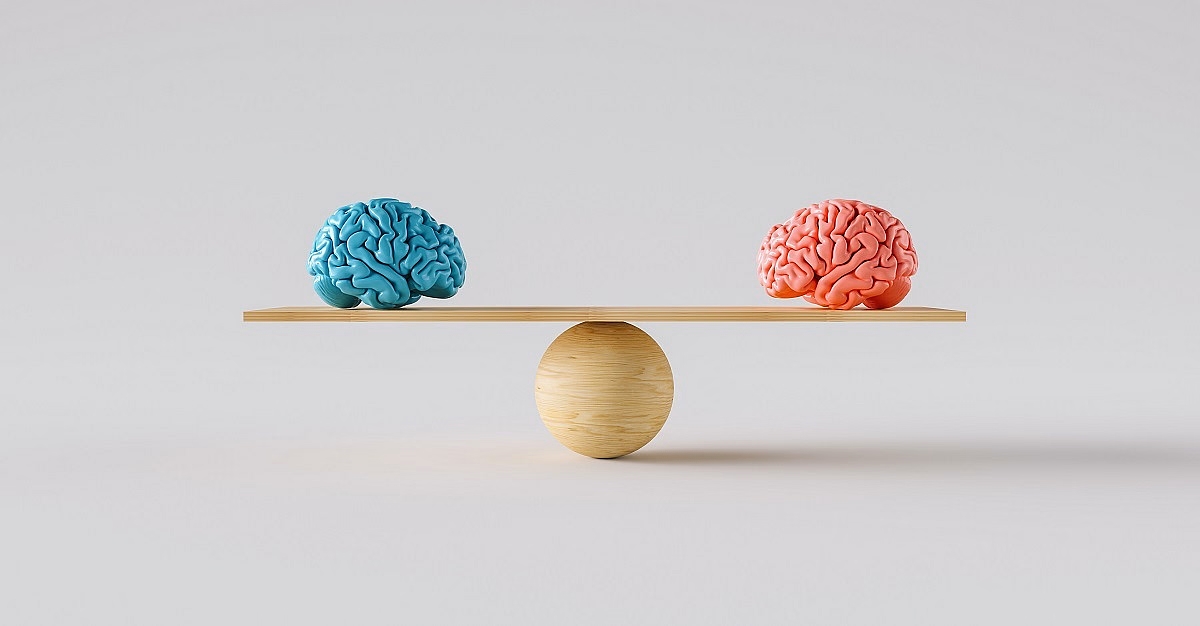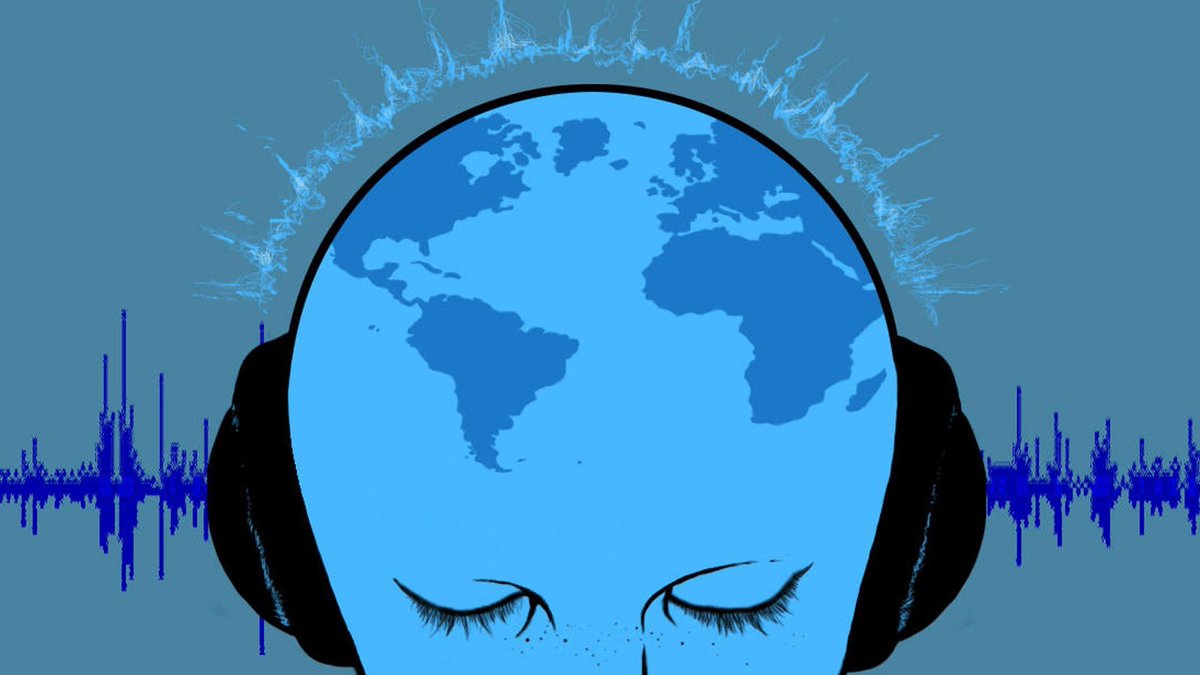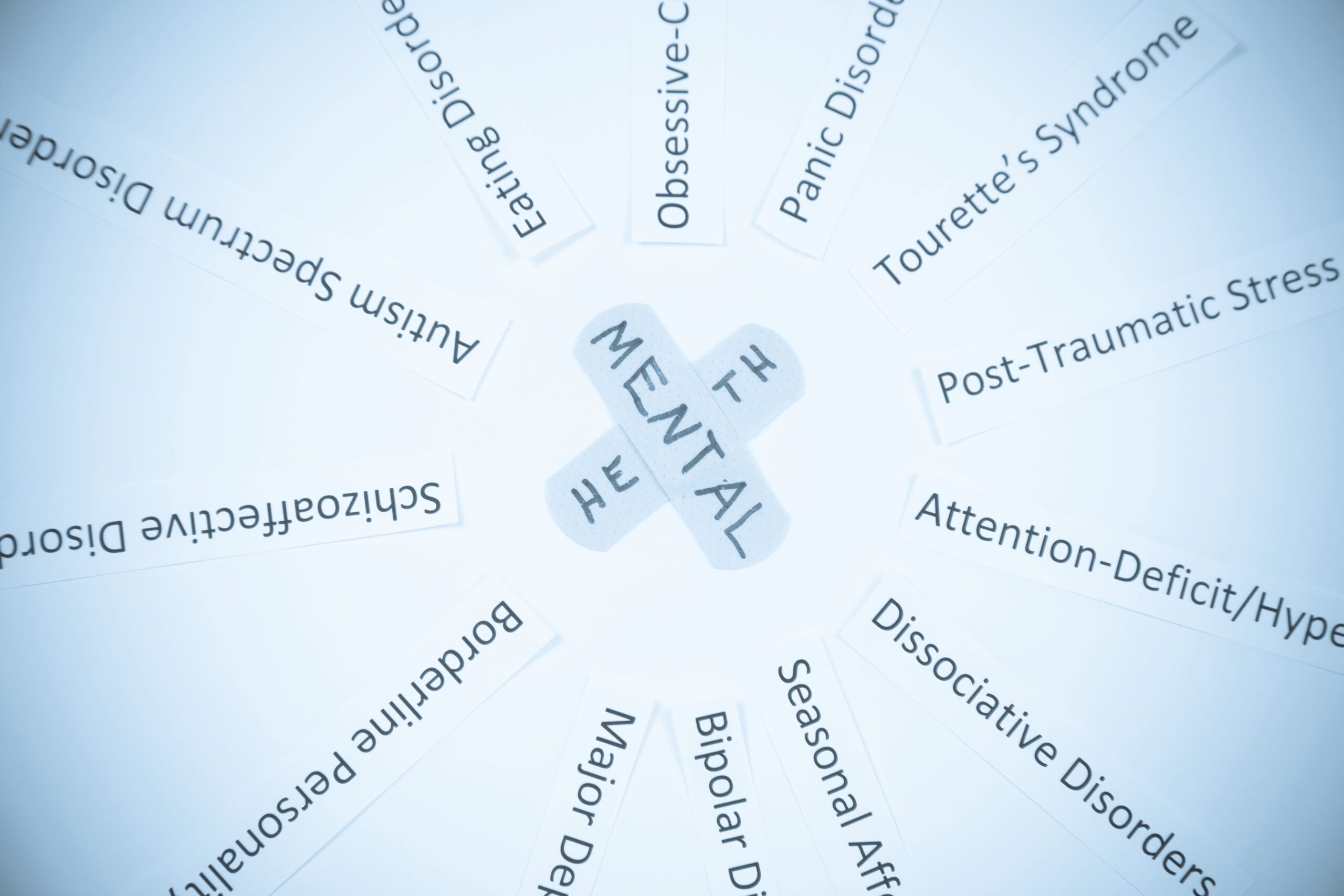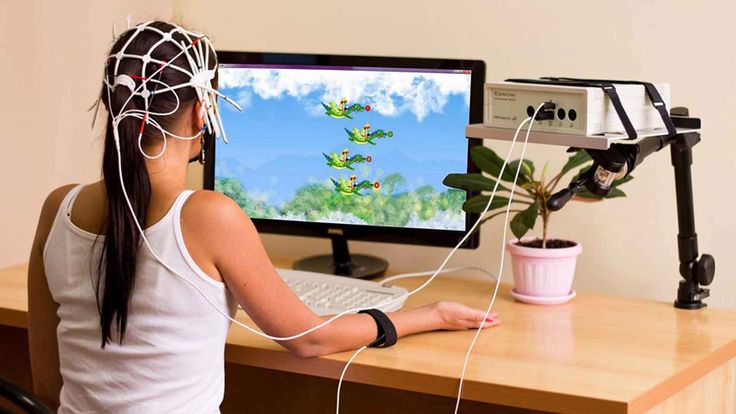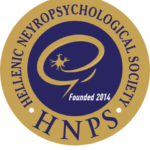Theoretical psychoanalyst Dr Anna Aragno is working to uncover evolutionary principles or patterns behind semiotic processes and to integrate these into a revised psychoanalytic model of mind. A key goal of Dr Aragno’s work is to develop an updated unifying biological and psychological theory of mind, referencing the psychoanalytic method, enriched by an interdisciplinary understanding of human symbolic processes.
Currently a theoretical and practicing psychoanalyst in New York, Dr Anna Aragno entered the field of psychoanalysis more than 35 years ago, following a career as an international prima ballerina. At that time, within psychoanalytic circles, divergent schools of thought were emerging and attention had moved away from one of the core challenges which Sigmund Freud had identified – the creation of a unifying theoretical framework of mind-body, incorporating the unconscious (instinctual self), the preconscious (the mind on the cusp of expression through language), and the conscious (verbally articulated self-awareness). Freud’s first proposed theory of mind contained constructs of the conscious and unconscious mind at its core. The psychoanalytic method was discovered by Freud as a dialogic process through which the unconscious could be made conscious through talking, thereby also becoming a means to understand the workings of the mind. Freud’s neurobiological psychoanalysis is rooted in the human body as he considered the unconscious (“Id”) to be instinctually driven, described by him in metaphoric terms of force and ‘energy’. Of primary concern in psychoanalysis are experiences and memories of early childhood during the developmental years.
An Integrated Theory of Mind
Dr Aragno, herself disciplined from a young age in physical technique and the expressive arts of interpretation through forms of symbolic communication, has undertaken a life-long dedication to developing a revised psychoanalytic theory of mind. Within this, Dr Aragno references key principles, techniques, and methods of psychoanalysis – specifically, the intertwining relationship of neurobiology and psyche, the psychoanalytic dialogue, and the symbolic expression of the experiencing-self through dreams, actions and language. She has also built on the work of developmental cognitive psychologists, like Jean Piaget, who proposed stages of sensorimotor intelligence as the earliest phase of human intelligence, thereby also recognising the bodily basis of mind. Additionally, Dr Aragno has worked to develop a theory of mind which encompasses mind, body, and culture, by drawing on the contributions of neuroscience, cybernetics, paleo-anthropology, linguistics, development, semiotics and the humanities. Originating from her PhD thesis, this revised theory took shape through study, reflection, and observation in clinical dialogues, and was applied to many published papers. She participates regularly in conventional psychoanalytic forums, meetings, and conferences, in conversation with scientists and academics from divergent fields across the humanities and sciences. Her paper Semiotic realms: Codes, language, mind. A psychoanalytic perspective (2019) received the prestigious NAAP’s 2020 Gradiva Award for best paper.

Dr Aragno explains that in the decades following Freud’s work and early theories of mind, interest turned to understanding the interface and interactions between and within living systems, at varying levels of complexity and their dynamic, recursive, mutually impacting patterns (and evolving codes). More recent theories of mind, such as the Multiple Code Model, propose that humans draw from multiple sensory sources in processing their experiences of the world and express these through different levels and kinds of semiotic forms. Dr Aragno’s proposed model of mind begins with a scientific understanding of hominid-human evolution, from the genetic code through gradual neurobiological evolution and cultural development, culled from an integration of cross-disciplinary research and knowledge. Her work encompasses the evolution of semiotic roots from their very beginnings extending from “molecular organic codes to natural expressive signals, cultural signals and complex symbol systems” – a theory which unifies and transcends the humanities and sciences. This requires adopting a truly inter-disciplinary approach which, for Dr Aragno, means incorporating neurobiology into psychoanalytic principles and cross-referencing these with psycho-historical and sociocultural studies and insights. This approach yields the human mind as evolving along a “continuum”: beginning in biological, non-verbal emotional expressions in pre-semiotic states of being, evolving up a hierarchical continuum towards increasingly complex proto-semiotic oro-gestural expressions, through vocal signs, and gradually into fully symbolic linguistic form.
Dr Aragno believes that it is possible to trace the evolution of the uniquely human capacity for symbolization all the way back to molecular codes.
The Psychoanalyst as Archaeologist of the Mind
Words and language are used in psychoanalytic dialogues as tools to express remembered and repressed experiences and emotions. Some very early experiences, however, are acted out and may be sensed and understood intuitively at deeper, more instinctive levels, through empathy and the interpretation of nonverbal signs and symbols. The human mind internalises all experiences through mental imagery generating emotions and thoughts that have been expressed through the arts and language across the ages. The dream itself, so central to psychoanalytic practice, is a “pictograph”. Gestures, signs and symbols are evocative and expressive of emotions, thoughts, and abstract ideas. The disciplines of palaeontology, archaeology and the arts provide rich evidence for how the use of these semiotic modes of communication have evolved over time. The arts, in particular, continue to provide a vital platform for humans to shape expressions of current thoughts, feelings, ideas and archetypal stories through non-verbal movement, dramatic actions, and images. These modes of communicating ideas through artistic media move the observer through deep empathy to understand the ideas and experiences of the creators of these symbolic products.

Within neuroscience, the recent discovery of a mirror neuron circuitry in the brain provides scientific grounding for understanding how humans learn by imitation ways of communicating and expressing their desires, intentions, and thoughts, while also shaping behaviour and modulating emotional experiences at neurobiological levels. Looking historically, to understand the evolutionary principles behind symbolic communication expressed through art, artifacts, and language through time, Dr Aragno suggests that the increasing ability of hominids to signify and express communication through symbolic means contributed to the growth and development of neo-cortical functions leading to the modern human brain.
“This is what differentiates humans from all other life: that we devise, adopt, and make use of semiotic instruments like language to generate referential meanings that are removed from the senses, and thereby become mind.”
The Transformation of Mind through Language
The psychoanalytic method uses language to interpret the mind as expressed freely through speech, dreams, acting out, slips of the tongue, nonverbal expressions, and projections of unconscious emotions; “language lifts mental functioning to a higher plane”. Through specialised listening and empathic participant/observation, the psychoanalytic method raises individual awareness out of and beyond unconscious patterns, impacting on all aspects of neurobiological functioning, through the interpretation of meanings that become represented in language. Viewed from a developmental perspective, mind evolves from a sensory, instinctually lived reality to more complex cognitive modes that enable differentiation. This gradual evolution occurs along a developmental continuum, through normal biologically determined sequences that are reinforced through language acquisition. Human development is epigenetic – earlier cognitive stages do not disappear but are superseded by later-learned more efficient ones.

Psychoanalysts often deal with symptoms of mental distress, whether expressed through physical or psychological forms from within the body or through behaviour. Language enables communication and dialogue and the free expression of thought that is central to psychoanalysis. In developing a contemporary psychoanalytic theory of mind, Dr Aragno explored development from many angles, including the works of Vygotsky, a soviet developmental cognitive psychologist who focused on language as emergent from social interaction, as a primary means of interacting. Intertwining Vygotsky’s work with the Barbierian evolutionary theoretical framework, which considers language a “neural code” due to its “functional circuitry in the brain”, Dr Aragno builds on growing scientific evidence regarding the neuroplasticity of the brain, emphasising that the psychoanalytic dialogue is a dynamic, fluid, evolving process, impacting on the development and integration of the self. Through the use of language, psychoanalytic dialogues give expression to neurobiological processes that reciprocally influence the very restructuring of experience providing individuals with an opportunity to integrate, evolve, and deepen their self-knowledge through the dialogic process.
The increasing ability of hominids to signify and express their experiences in symbols likely contributed to the evolution of the modern human brain.
“Without words we have no means to contour thoughts, articulate intention, mediate impulse; no instrument by which to name or orient ourselves in place and time; no way of sequencing tasks or plans, or narratizing experiences; no way of recording or sealing memories or giving them meaning.”
Exploring specifically what psychoanalysts hear as expressed through speaking-freely, Dr Aragno identifies ten clear functions of language: firstly, it establishes contact – a thread of connection between the speaker and the listener in psychoanalytic dialogues. Language enables the discharge of tensions – physical, emotional or psychological. It expresses thought and inner dialogue. It enables play through puns, jokes, rhymes. Language is informative and imparts information. It has a function of metabolising emotionally charged intense experiences, by organising, expressing and neutralising their emotional charge. It serves a cognitive purpose of conceptualising through articulating and reasoning and deliberating on ideas. Language is the artistic or poetic expression of deeply personal experiences. Finally, language serves integrative and transformative functions by enabling a crucial process of “working through” experiences in the psychoanalytic conversation. This leads to gaining insight, integration of unconscious with conscious cognition, and organising disparate aspects of the self. The analysts’ skill in moving interpretively between the symbolic and everyday lived realities enables the slow transformation of self to emerge.

As I entered deeply into graduate analytic studies and training, I learned more about Freud’s most cherished wish: that those who followed should revise and update his observations as new knowledge came about. What he described in metaphors from the sciences of his day should be modernised to define real operative processes in terms coming from recent interdisciplinary research. This led me to readings in the neurosciences, paleo-anthropology, infant and child development, philosophy of science and language, semiotics, as well as social and psychohistory.Nestled within Freud’s monumental 23 volume opus are five “Papers on Metapsychology”. These five papers delineate his observations on key topics and issues that remained to be explained. But they had to wait for advances which came in the decades after Freud’s death. I was determined to make a core revision in his first general theory of mind. After my dissertation followed two books, several invited chapters, and many papers all based on the updated, revised, and elaborated core Freudian model. My inspiration – to fulfil Freud’s wish.
How would Artificial Intelligence be integrated into a psychoanalytic theory of mind?
Impossible! Robots don’t dream or metaphorise, nor do they create art – things we live by! All human experiences engage multiple cerebral systems, spanning both hemispheres, interconnecting the whole brain/nervous system. Metaphors underly all languages; this means that by its multisensory and mnemonic elements, its juxtaposition of image to idea, its dipping into sensory-emotive sentience while rising to linguistic signification, metaphor engages vast networks of human brain activity involving occipital, parietal, temporal, pre-frontal and frontal principal units, from limbic, brainstem, to cortical layers, and regions. This is because it harnesses, integrates and reprocesses traces of information issuing from visual, kinetic, emotive, linguistic, and various mnemonic systems in a variety of ways.
Categorical and abstract thought use the brain’s highest regions whereas primitive (earlier) centres spark visceral, mnemonic, emotional and kinetic responses: metaphorical thinking pervades them all. Networks through which traces of information are registered are “coded with respect to different signs”, forming “multidimensional matrices” (Luria, 1973, p.284) from which a particular facet is selected whenever this system is rekindled as a basis for coding. The dynamic multiplicity of enervations involved in this form of ideation appears staggering. It took millions of years for the human mind to evolve – find me a robot who can dream!
References
- Aragno, A. (2019). Semiotic realms: Codes, language, mind. A psychoanalytic perspective. Biosystems, 182, 21–29. Available at: https://doi.org/10.1016/j.biosystems.2019.04.011
- Aragno, A. (2010). The Bio-semiotic Roots of Metapsychology. Biosemiotics, 3, 57–77. Available at: https://doi.org/10.1007/s12304-009-9069-x

